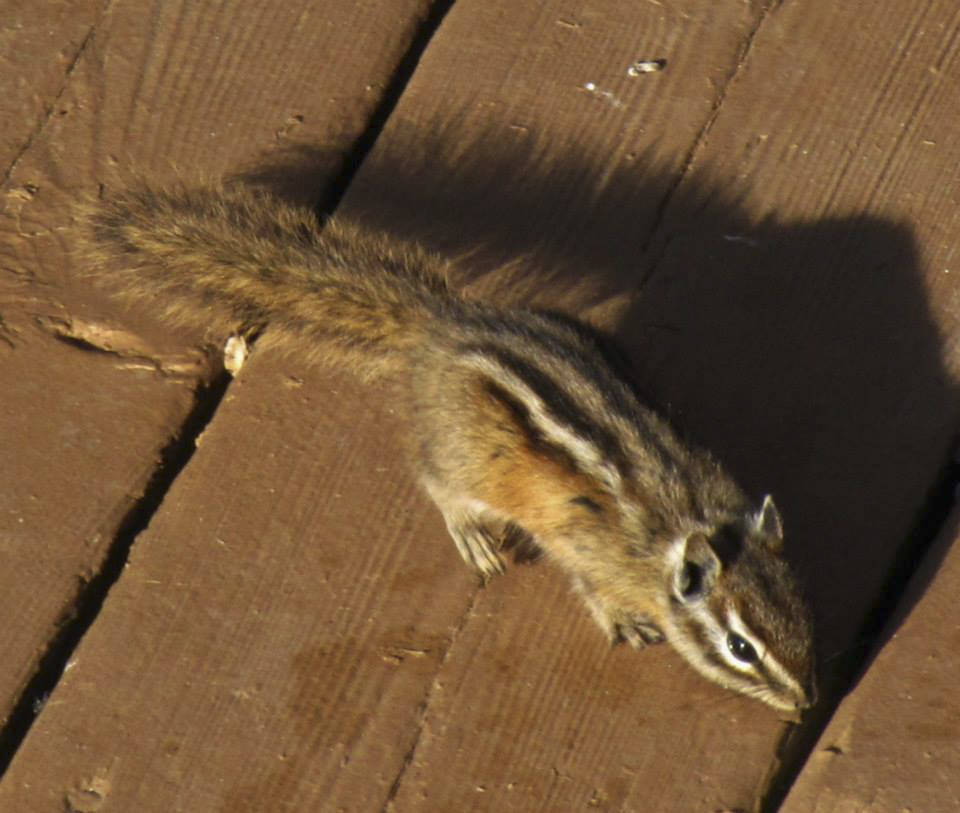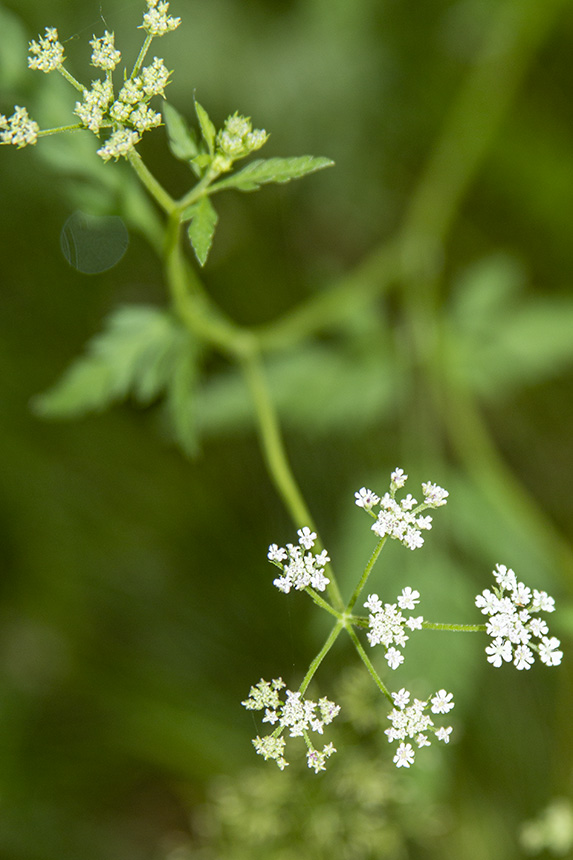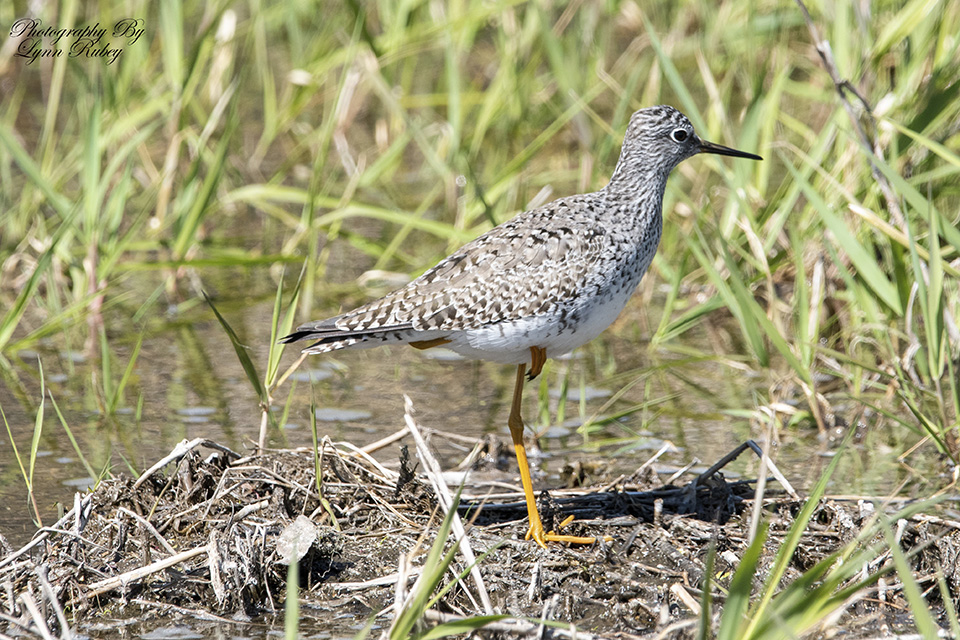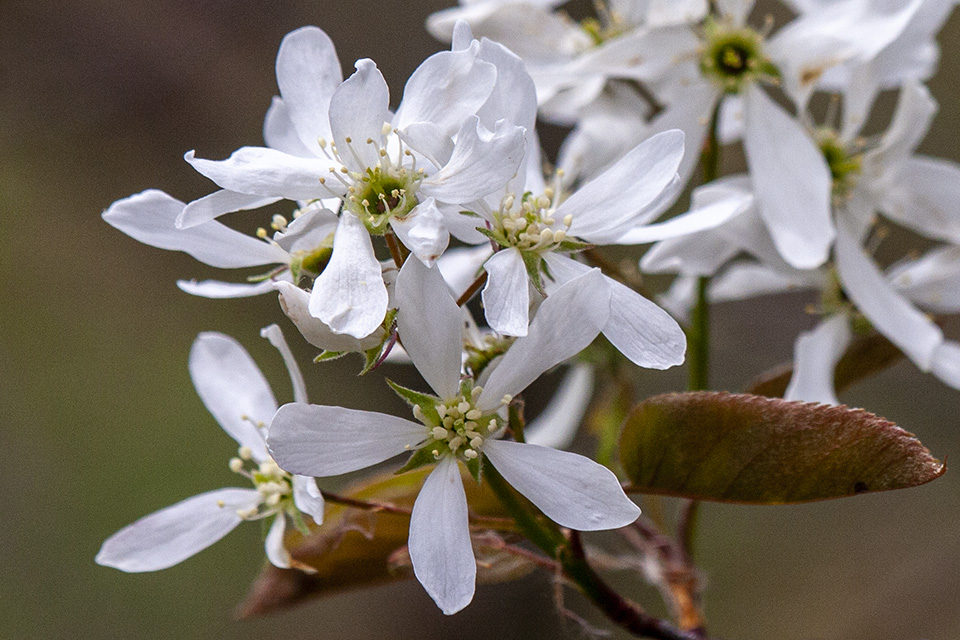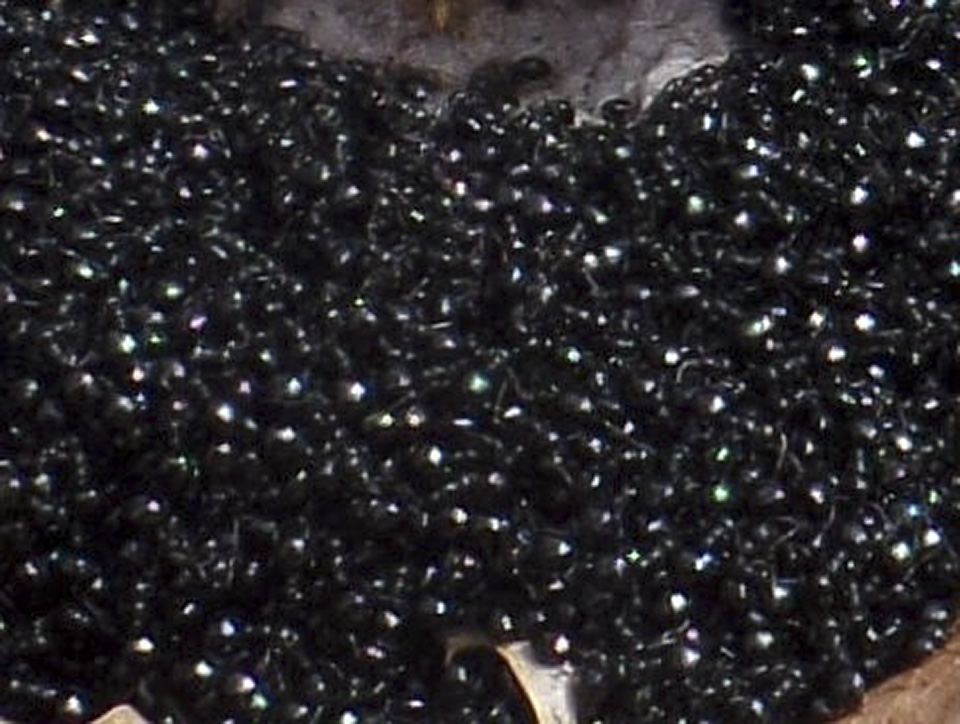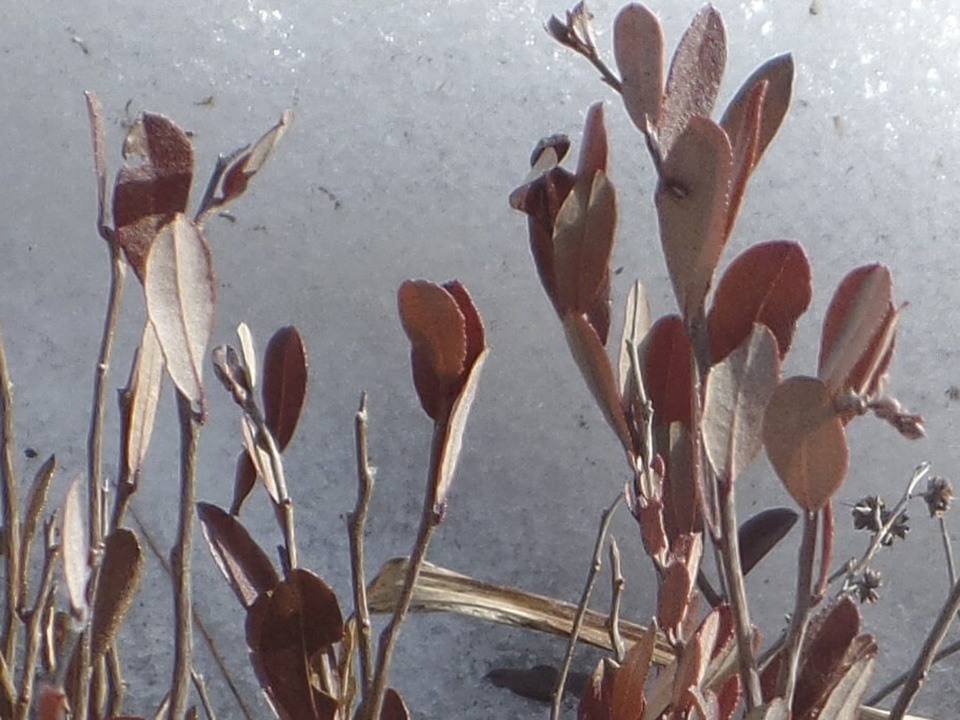
Many-headed slime (Physarum polycephalum) is a plasmodial slime mold. It has been reported in Europe, Asia, Australia, Africa, North America, and South America. Most reports are from the eastern United States. All but a few plasmodial slime molds are invisible to the naked eye, are usually overlooked, and are little studied. Many-headed slime is an exception in all respects. It is most often found on a growth medium (agar) in laboratories, where it is frequently used in researching cell development, protoplasmic streaming, and nuclear behavior. In one interesting study it was “shown” that it “solved” a maze. In nature it is found on shaded rotting wood in forests, in woodlands, and even in treed suburbs. It is short lived, appearing after a soaking rain and disintegrating in just a few days.
Many-headed slime lives in rotting wood feeding on fungi and bacteria. In late summer and fall, after a soaking rain, it creeps to the surface of the substrate. It appears as a bright yellow, many-branched network of veins that creep along the surface. Protoplasm can be seen streaming within the veins. When exposed to light it produces spore-bearing structures (sporangia). The sporangia differ from other slime molds in having multiple heads, hence the common name many-headed slime.
http://www.minnesotaseasons.com/Slime_Molds/many-headed_slime.html



